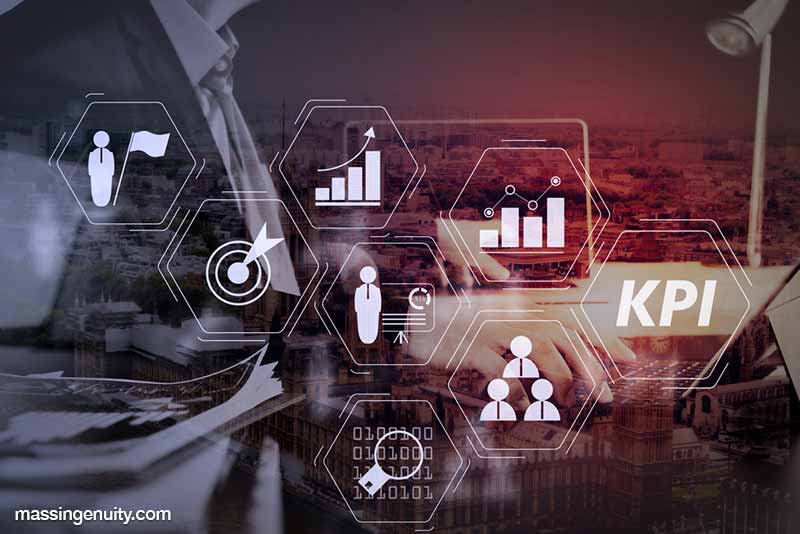One of the most fundamental changes that have occurred in the global business world since COVID-19 struck has been the unprecedented uncertainty revolving around the future. The future of performing business operations in this new normal has been marked by a lot of volatility whose cadence, over time, has skyrocketed immensely. Business organizations are now hoping the worst of the pandemic’s rigor is drawing to a close, but thanks to the emergence of new variants, many businesses are now headed back to uncertainty.
What it really boils down to is that there has been a lot of confusion in the business world. This is particularly so when it comes to how organizations align themselves to the changes that have taken place with their customers. Businesses are wondering:
- Where they are headed and what the future holds,
- Whether they can ultimately go back to doing business as they did before COVID-19,
- If the far-reaching changes they have witnessed will be permanent,
- If they may be forced to operate differently in the future.
Going back to the fundamentals of doing business in this new normal

Should you and your team be faced with any of the above-mentioned realities, the place to start is with understanding where your customers are at and how you can best support them.
Specifically, you need to determine how their various needs and behavior have changed over the course of the pandemic.
Understand how your customers have changed
A key step in going back to the fundamentals is aligning your organization with the change that has occurred in your customers. This ensures you can continue to provide value to them through your products/services offerings.
In most cases, you will find that the behavior of your customers has changed; so have their needs and even desires. For instance, you may discover that your customers now prefer using digital channels as opposed to traditional “brick & mortar” engagement.
If you find that your customers’ needs have evolved over the 1½ years, then the time has come to re-evaluate your company’s priorities. Take the time to review your business model and strategy to determine whether they are in alignment with what your customers are expecting, and to identify what you might need to change. If you fail to do this, you put your clientele base at risk. There are many examples emerging of companies who haven’t made this a priority, and inevitably lost many customers because they lost touch with what/how their customers truly want.
Understand how you need to adapt
Once you identify how your customers have been impacted and have changed, the next step is to look within your organization at how you do things. This may include how your operations and processes are modeled and how performance is measured. In other words, simply relying on financial performance alone as your KPI will in the long run set you up for failure in this new normal. What you need are predictive indicators which can accurately demonstrate how you’ve aligned your business to your customers’ changing needs and preferences. These are KPIs that can help you identify constraints and alert you and your team of the necessary actions you should take to satisfy your customers better.
Fundamentals steps to strategic success
To navigate efficiently through change, you and your team will have to go back to the fundamentals. So, take time to reassess your organization’s mission, vision, and more to the point, its core values.

Ask yourself, have they in any way changed since the pandemic struck, and are they aligned to the realities of this new normal? Are you still the same company you were before the pandemic?
Then take a close look at your team. Do all your employees share the same understanding of your organization’s core values, mission, vision, and goals? It is always important to have everyone in your team on the same page and bring them into alignment with the changing perspective of your organization. Additionally, take all the time you need to figure out if you as an organization are still driving towards the same outcomes as before. Have your business processes altered? Have you been able to introduce new ones or have you done away with any?
Accountability towards changed KPIs
It is essential to ensure the measures which have changed during COVID-19 become an area you and your team focus on. In simpler terms, you should ensure you tie in accountability to your new measures. This means making sure they are clearly defined and are evaluated at the right frequency.

Also, you and your team will need to put in place action plans to initiate improvements should your new measures not perform as you require.
What you need is a fundamentals map that you should ensure is communicated across all levels of your organization. This way, everyone in your team will be able to see the changes that have been made. Best of all, they will understand how they are expected to align themselves to contribute towards the greater good.
Conclusion
You have to ensure your business is aligned to your customers – to their needs, expectations, and priorities. Major changes, like the pandemic, can create opportunities to evolve and grow, if you take the time to understand what is happening and adapt. As part of adapting, making sure you adjust what you’re tracking and measuring becomes critical to enabling your leadership team to work cohesively, and to address constraints along the way. Most importantly, by using the right KPIs you can ensure your entire organization is contributing, and you will be able to deliver what your customers expect today rather than what they did yesterday.
Understanding your strategy is the first step of going back to the fundamentals. While operationalizing and managing it is the next. Setting up formal enterprise performance management processes will be what you need to guarantee your strategic and alignment efforts are successful over time. By implementing Results Software, you’ll be able to keep your team accountable and keep your finger on the pulse at all times.
*This webinar was done in conjunction with Online Business Systems who has worked with clients throughout North America to navigate their digital transformation journeys.
Aaron Howard
Chief Executive Officer

